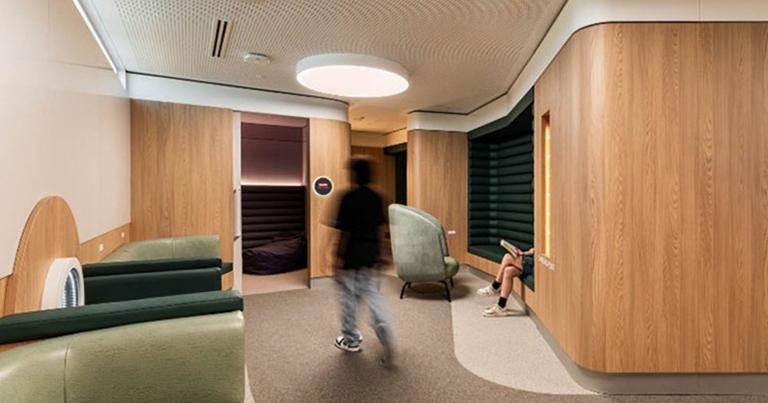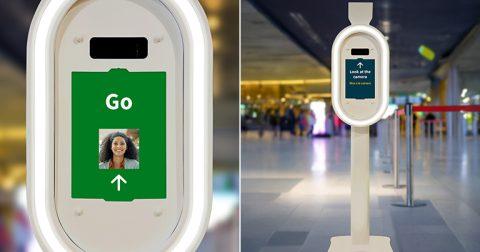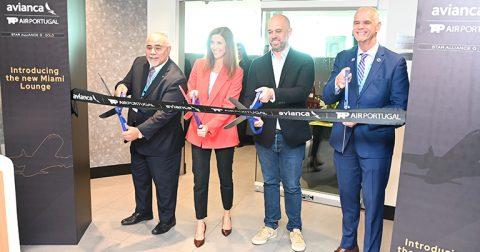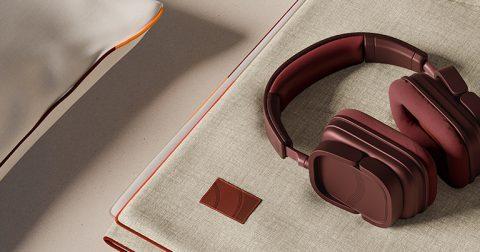
Perth Airport has opened a sensory room within T1 International to assist neurodivergent travellers. The facility provides a calming environment, featuring reduced noise levels and soft lighting.
Key highlights of the sensory room include:
- Seating nooks for small travelling groups
- Two private areas
- Sensory-seeking accessories
- Device charging stations
- Small cubby spaces
- Soft furnishings and colour treatments
- Flight information display screen, enabling passengers to receive boarding updates without disruption
“We understand that travelling can be a highly stressful situation, especially for neurodivergent travellers,” said Kate Holsgrove, Chief Commercial and Aviation Officer, Perth Airport. “We’ve recognised this and wanted to provide a space that will make the process easier. With a focus on removing barriers for neurodivergent people, the room caters to all ages, with an emphasis on supporting decompression, in a busy airport environment. Perth Airport is committed to fostering an inclusive travel experience for all passengers and we believe this new sensory room is a great addition to our terminal.”
Perth Airport engaged Plus Architecture to deliver the project. Working closely with Perth Airport’s Access and Inclusion Advisory Group, Plus Architecture led a design process centred on community consultation. This involved engaging with nearly 600 survey respondents, including individuals with lived experience of neurodivergence, alongside their families, and carers.
“Perth Airport and my team set out to design a space that would genuinely respond to the needs of neurodivergent travellers and carers,” said Plus Architecture Director Patric Przeradzki. “Our process was built on meaningful engagement, ensuring that the final result was shaped by lived experience rather than assumption. What makes the sensory room unique is its consideration not only of neurodivergent travellers of all ages, but also of their families and carers. Many sensory rooms are unintentionally child-focused. We deliberately created a space that serves everyone and their diverse needs. To develop a holistic space, Plus Architecture also consulted with organisations that have opened sensory rooms including Pittsburgh and Seattle airports, as well as comparators in sports stadiums and other public venues, and integrated expertise from engineers, specialist lighting and sound architects, and accessibility specialists to learn from both successes and shortcomings elsewhere.”
You may also be interested in
12 technology and CX trends that can enhance airline and airport operations in 2025








